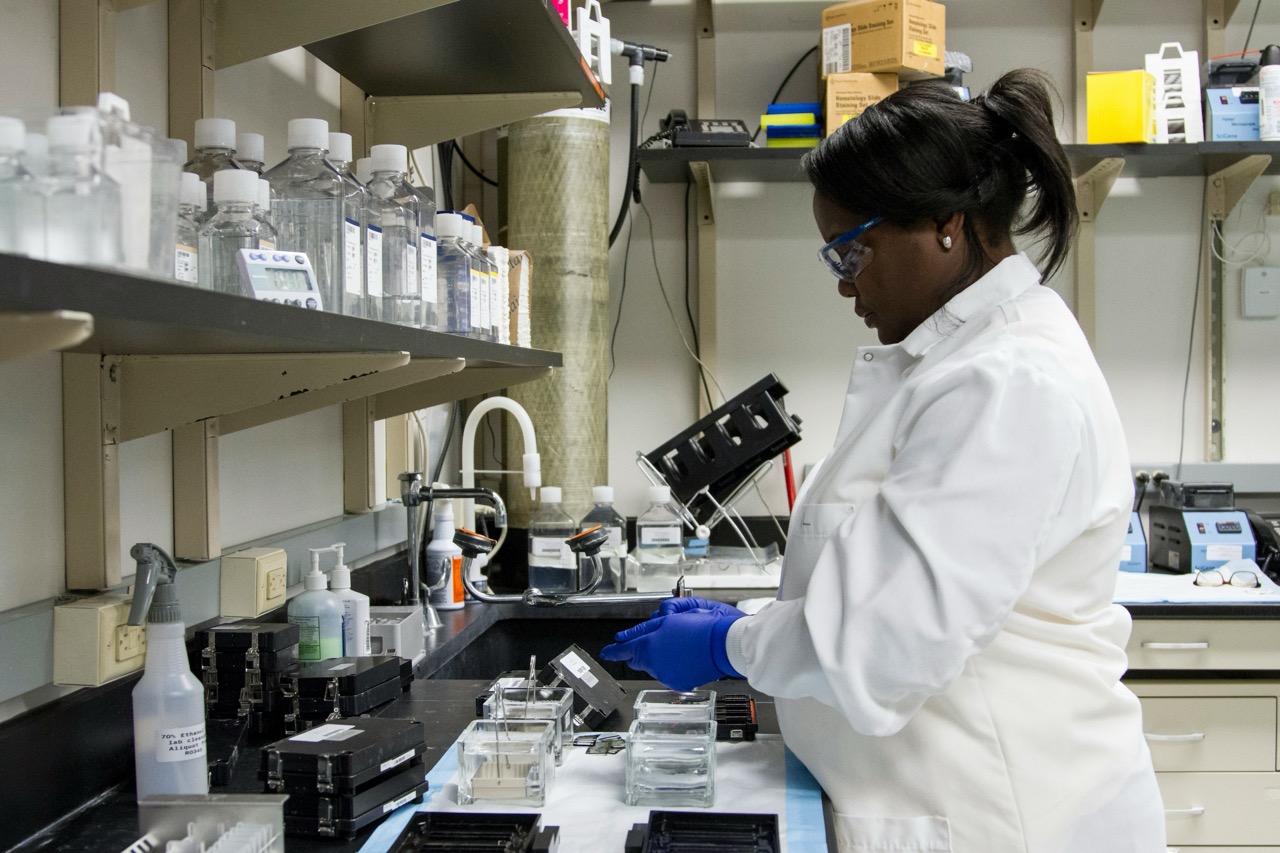Human Papillomavirus (HPV) is a common sexually transmitted infection that has garnered significant attention for its role in the development of various cancers, most notably cervical cancer. However, its potential association with other malignancies, including ovarian cancer, is a topic of ongoing research. Understanding the connection between HPV and ovarian cancer is critical for enhancing preventive strategies and improving women’s health outcomes. This article delves into the nature of HPV, its relationship with ovarian cancer, current research findings, and the preventive measures available.
Understanding HPV: Causes, Transmission, and Types
HPV is a diverse group of more than 200 related viruses, of which over 40 can be transmitted through direct sexual contact. These viruses are classified into low-risk and high-risk types. Low-risk types, such as HPV-6 and HPV-11, are associated with benign conditions like genital warts, while high-risk types, including HPV-16 and HPV-18, are linked to various cancers. HPV is the most prevalent sexually transmitted infection globally, and most sexually active individuals will contract it at some point in their lives.
Transmission of HPV occurs primarily through intimate skin-to-skin contact, which can happen during vaginal, anal, or oral sex. It is important to note that HPV can be passed even when an infected person shows no signs or symptoms. The body’s immune system often clears HPV naturally, but in some cases, the virus may persist, leading to cellular changes that can culminate in cancer development over time. The asymptomatic nature of HPV complicates detection and increases the risk of transmission, making education and awareness vital in disease prevention.
There are about 15 high-risk HPV types recognized as carcinogenic. These strains are responsible for the vast majority of cervical cancer cases and have also been linked to other anogenital and oropharyngeal cancers. While the association between HPV and cervical cancer is well established, ongoing research aims to clarify the role of various HPV types in the pathogenesis of other malignancies, including ovarian cancer. Understanding these dynamics is crucial for developing effective screening and vaccination strategies.
Exploring the Link Between HPV and Ovarian Cancer
Emerging evidence suggests that HPV may play a role in the development of ovarian cancer, but this connection is complex and not yet fully understood. Several studies have investigated the presence of HPV DNA in ovarian tumor tissues, reporting varying rates of detection. Some researchers posit that HPV could contribute to ovarian cancer through mechanisms similar to those observed in cervical cancer, where persistent high-risk HPV infections lead to the transformation of normal cervical cells into cancerous ones.
The potential pathogenic mechanisms involving HPV in ovarian cancer may include the integration of viral DNA into the host genome, leading to the disruption of normal cellular functions and promoting malignancy. High-risk HPV types can produce oncoproteins that interfere with tumor suppressor genes, such as p53 and Rb, which are crucial for regulating cell growth and division. This disruption could result in uncontrolled cellular proliferation, a hallmark of cancer development.
Despite the intriguing findings concerning HPV and ovarian cancer, it is essential to approach the topic with caution. The detection of HPV in ovarian tissues does not necessarily imply causation, and further research is required to elucidate the specific mechanisms and pathways involved. Ovarian cancer is multifactorial, with various genetic, environmental, and hormonal factors contributing to its development, making it challenging to isolate HPV as a singular cause.
Current Research on HPV’s Role in Cancer Development
Current research is actively exploring the multifaceted relationship between HPV and various cancers, including ovarian cancer. Large-scale epidemiological studies and clinical trials are being conducted to assess the prevalence of HPV in ovarian cancer patients and to investigate the potential role of the virus in cancer progression. Some studies have reported that women with a history of high-risk HPV infections may be at an increased risk for developing ovarian cancer, but the evidence remains inconclusive and invites further investigation.
Molecular and genetic studies are also being employed to understand how HPV may influence ovarian cancer at a biological level. Researchers are examining the types of HPV present in ovarian tumors and whether specific high-risk strains are more strongly associated with particular histological subtypes of ovarian cancer. These insights could pave the way for targeted therapies and more personalized treatment approaches based on HPV status.
Moreover, advancements in technology, such as next-generation sequencing, have the potential to improve our understanding of the complex interactions between HPV and the host genome. As researchers continue to investigate the role of HPV in ovarian cancer, the findings may contribute to developing new diagnostic tools and therapeutic strategies, ultimately improving outcomes for women affected by this malignancy.
Prevention and Screening: Reducing Ovarian Cancer Risk
Preventing HPV infections is a critical step in reducing the risk of HPV-related cancers, including cervical and potentially ovarian cancer. The primary method of prevention is vaccination. The HPV vaccine, which protects against the most common high-risk strains, has proven to be effective in reducing the incidence of cervical cancer and is also being evaluated for its efficacy in preventing other HPV-related malignancies. Vaccination is most effective when administered before the onset of sexual activity, making it essential to promote awareness and access for preteens and adolescents.
In addition to vaccination, regular screening plays a vital role in cancer prevention. While there is currently no standardized screening test specifically for ovarian cancer, women at high risk, such as those with a family history of ovarian or breast cancer or those carrying BRCA1 or BRCA2 mutations, should undergo more frequent monitoring. This may include pelvic exams, ultrasounds, and CA-125 blood tests to detect any abnormalities early. Continued advocacy for comprehensive gynecological care can help ensure that women receive timely screenings and appropriate referrals.
Education about safe sexual practices is equally important in reducing the transmission of HPV. Informing individuals about the risks associated with HPV and promoting the use of condoms can significantly decrease the likelihood of contracting the virus. Community health initiatives and educational programs can empower women to take charge of their health, resulting in better health outcomes and a reduction in the incidence of HPV-related cancers.
The connection between HPV and ovarian cancer is an emerging area of research that holds significant implications for women’s health. While current studies suggest a potential link, further investigation is necessary to fully understand the relationship and its impact on ovarian cancer risk. Preventive measures, such as vaccination and education about safe sexual practices, are crucial in reducing the incidence of HPV and its related cancers. As research continues to unfold, it is essential for healthcare providers, policymakers, and the public to remain informed and proactive in the fight against HPV-related malignancies.











